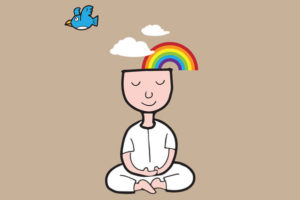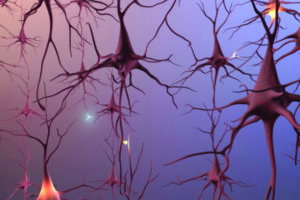For Valentine’s Day, skip the candy and spend time together with a friend or loved one. As far as our brains are concerned, love is the best medicine and friends are sweeter than sugar! Eye contact, fun, listening, sharing, smiles, touch, and trust forge strong social bonds. Togetherness promotes long lives and brains that get better with age.
The toxic trio of smoking, sitting, and sugar are frequently vilified as health hazards. But when it comes to brain health, there’s one thing worse than these three villains: chronic social isolation, now considered the biggest public health problem in America.
Loneliness promotes chronic inflammation and pain 
A major study by the University of Connecticut found that “isolation is a major source of psychosocial stress and is associated with an increased prevalence of vascular and neurological diseases.” Loneliness promotes chronic, low-grade inflammation that undermines brain health and the immune system,
Conversely, prosocial hormones such as oxytocin and serotonin reduce inflammation and pain. A recent study by AARP found a link between social engagement and brain health for seniors; unfortunately, 40% of adults over 40 say they lack social connections. Adults under 40 and teens report even higher levels of loneliness.
Live performances fight loneliness
If you are looking to connect with others, participate in the arts. Regular visits to museums, art galleries, the theater, concerts and exhibitions are linked to a longer life, according to an analysis of data from more than 6,000 adults ages 50+ in England over a 12-year period. The English Longitudinal Study of Aging findings also stress the importance of watching live performances (arts activities).
Even better, try some active participation in the arts through singing, dancing, acting, or writing. Screen-based activities with television, movies, and computers or smart phones are more likely to promote loneliness than combat it.
Either as an audience member or artist, the shared experience of participating in the arts gives you something interesting to talk with your friends, and even make new friends. This activity boosts your brain’s energy level, making memory and other routine tasks more efficient.
In your community, explore opportunities for rewarding engagement with other people and the arts.
For Valentine’s Day, be a good friend to yourself—and your brain—and enjoy the gift of togetherness with a friend or family member at lunch or a live performance.
To learn more about how social connection and the arts improve neuroplasticity and brain health, see “Better with Age: The Ultimate Guide to Brain Training” or take Brain Wealth’s “Train Your Brain” workshop.




